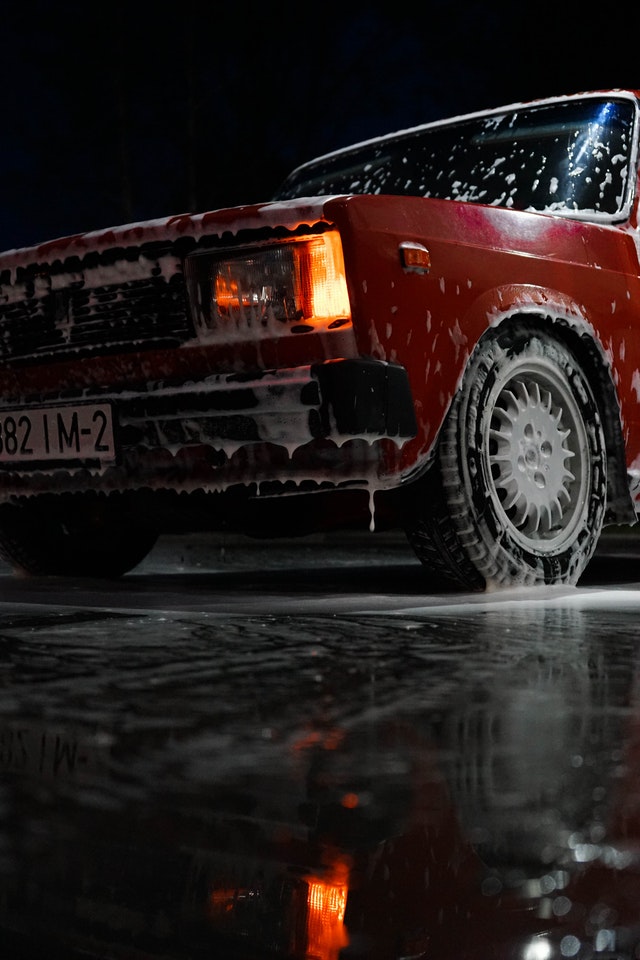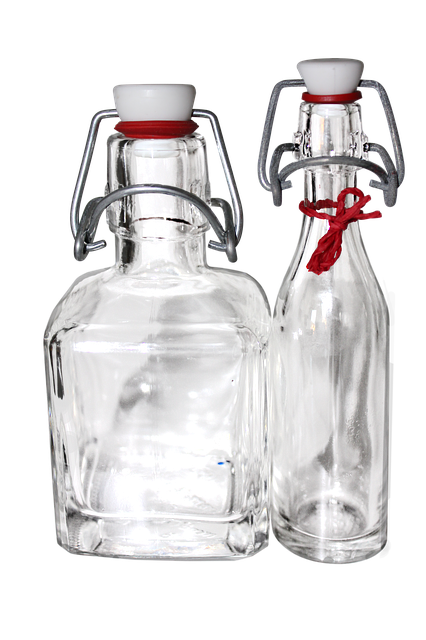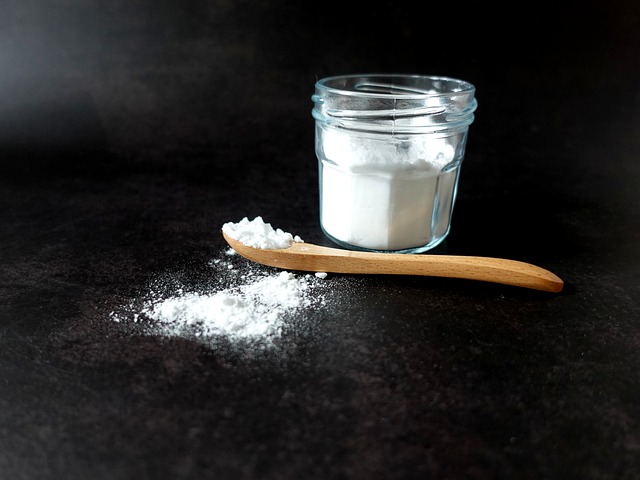If debris and bugs get stuck in your car’s radiator, it can stop the air from moving freely and result in overheating the car. There can also be corrosion and limescale inside the radiator, which can cause the same problems. Vinegar is milder and safer to use compared to other acids. Hence it works well to eliminate corrosion on metals inside the radiator.
If you don’t want to pay someone to do a radiator flush, you can try using vinegar to have your car’s radiator back in good shape.
Even if your radiator is clogged, rusty, & corroded, you could indeed clean your car’s radiator with baking soda. Baking soda could clean pores and make your radiator look nice and clean. It’s an old way to flush and clean out a radiator for very little money. It works very well if you don’t have any special cleaning chemicals for your radiator.
Table of Contents
Flushing Radiator with Vinegar (How to flush radiator with vinegar)
Flushing a radiator with vinegar can be an effective and inexpensive way to remove dirt and contaminants from the system. To flush a radiator with vinegar, the radiator should be drained and filled with a mixture of water and vinegar. The mixture should be allowed to sit for a period of time before the radiator is drained and refilled with a fresh coolant.
Signs Of A Bad Radiator

Your car’s radiator is essential to how your engine works, so if you see any signs or symptoms of such a failing radiator, you should look into them more to make sure that your engine isn’t getting any damage. The cost of an engine restoration or new model could be much higher if you don’t pay attention to these signs and symptoms.
1. High Temperatures And Overheating
A working radiator stops the engine from overheating, so you will know that the radiator isn’t working right if the engine starts overheating.
Take a look at the digital temperature thermometer to see whether it shows a lot of high readings or if it’s in the “red” zone. Some newer cars would then show you the temperature digitally & tell you whenever the engine temperature becomes too high, so you don’t have to worry about it.
Most cars usually run at a temperature between 195 and 220 degrees F when they’re on the road. Most of the time, when the air conditioner is running all the time, it’s not a big deal if the temperature goes a little outside of that range.
Even though the temperature may stay hot, your radiator may be clogged, which could make the temperature stay that way. Often, this is caused by corrosion caused by rust, internal deposits that build up over time, or wreckage getting trapped in the radiator. It stops the right amount of coolant flowing through the radiator and your engine.
2. Leaking Coolant
Your radiator isn’t the only part of your cooling system. Your radiator is the most significant part of your car’s coolant system, and if it leaks, that means that it has problems.
When radiators leak, they usually leave puddles of coolant on the ground. This is a good thing because radiator leaks are usually very noticeable. Some cars with extra underbody panels may hide leaks.
3. Dirty Coolant
The standard color of coolant is yellow or bright green, but it can also be blue or purple. Radiator rust, oil leaks, and transmission fluid that get into the cooling system might very well mix with clean coolant and change its color or make it less dense so that it won’t work as well.
If the coolant is sludge-filled, it can’t move through the engine’s cooling channels, which means the engine will overheat again.
What To Do Before Flushing The Radiator With Vinegar And Soda?
Flushin2g the radiator with vinegar and soda is perfect for eliminating all the debris and residue built up over time.
First, think about what to do. Remove the thermostat valve. Baking soda could get inside a thermostat valve and make it hard to control the engine’s temperature. If you can’t get the baking soda out from the valve, consider leaving this method and then use chemicals for cleaning instead.
How To Flush Your Radiator With Vinegar?

- Start with only an excellent engine. You might get burned when you open the radiator cap if there is hot or warm fluid in the radiator. As soon as the engine is excellent, put a pan on top and a petcock (drain plug) at the bottom of the radiator. To drain a radiator, you need to consider removing the radiator cap and afterward open the petcock to let water out.
- Turn off the water petcock, fill the radiator with fresh, clean water, and put on the radiator cap. Turn on the heater when you start the engine and run this until the engine is warm. Let everything cool down before you start the engine again. The radiator should be drained again when everything is excellent again.
- Close the petcock and add half a gallon of water to the system. Then add one gallon of white vinegar. It should be full of water now.
- It’s time to put back on the radiator cap and start the engine in step 4. Using the heater again, let the engine get to the point where you can use it usually.
- It’s time to turn off the engine and let the car sit for a few hours (preferably overnight). It will let the vinegar do what it needs to do, so don’t be afraid.
- It’s time to drain the radiator for the sixth time. A garden hose should be placed in the radiator at the cap while draining. Then, use fresh water to flush out any vinegar water still in there.
- Close it and put the right amount of coolant and water in the radiator. It is the last step. Replace the cap on the radiator.
How To Flush Your Radiator With Baking Soda?

- A radiator tank has a lot of space for water to flow through 6 Tablespoons of baking soda and vinegar should be added to a bowl of water that has already been filled.
- After adding vinegar to the water, you’ll observe bubbles and foamy reactions as gas.
- Third, proceed to close the radiator cap and turn on your car’s engine. Wait till the temperature of your car’s engine reaches its ideal setting before you start it (gauge reach at a center stage point).
- Switch off the engine as well as remove the cap. Then, remove the water pipe from the central lower hose and flush the radiator tank by discarding the water pipe from the primary lower hose.
- Fill the radiator with water again, but don’t put it back upon that lower hose pipe. This lets the radiator flush the water out of the radiator and eliminate all the rust and other things.
- Until you don’t see clean water coming out of a radiator, keep watering.
- You can pass the water from the heater core by placing the garden hose on top. Then, as the water gets passed through into the heater core, it’ll go out into the main pump line.
Should I Flush Radiator With Baking Soda And Vinegar Combined?
Baking soda is a natural deodorizer and a very fine abrasive. It’s great for scrubbing and absorbing smelly things. In particular, vinegar is very good at getting rid of the stains caused by hard water.
You mix vinegar with baking soda, which is an acid. While mixing the vinegar and baking soda, you make carbon dioxide gas & salty water. If you look closer, you can see that you’re still left with saltwater. You can use its agitation of such a fizzy response by itself to break up and remove dirt.
FAQs
What Is The Best Thing To Use To Flush A Radiator?
Well, vinegar and soda could be good options to clean the radiator. Still, we believe it’s wise to use the radiator cleaning or flush items available from different companies that won’t harm your engine.
Can You Flush A Radiator With Dawn Dish Soap?
Never flush the coolant system with dish soap or any other liquid. Any soap left within the system has the potential to start eating away at the engine blocks, resulting in a significant failure.
What Happens If You Put Laundry Detergent In Your Radiator?
Putting a laundry detergent in your radiator; damages the radiator or even reaches the engine, causing more damage.
How much vinegar do I put in my radiator to clean it?
To clean your radiator with vinegar, mix equal parts distilled water and white vinegar, filling the radiator completely. The vinegar helps dissolve mineral deposits and rust inside the radiator.
How do you flush sludge out of a radiator?
To flush sludge from a radiator, drain the coolant, fill the radiator with a radiator flush solution or a mix of water and vinegar, run the engine to circulate the solution, then drain and refill with fresh coolant.
Wrapping Up
In an overheated engine, a clogged radiator can cause the radiator to become blocked. It can leave you stuck on the side of the road. Overheating is the second fastest way to damage your car’s engine after running it without enough oil.
Metals can warp when they get too hot. There are times when a cylinder head can come apart from the engine block, which makes head gaskets not work. Pistons and cylinders can warp, making the car lose much power.
The engine block can break, which will most likely mean that the whole engine has to be changed. You can spend a lot of money on chemical cleaners to get rid of rust as well as silt from your radiator, but you don’t need to.
